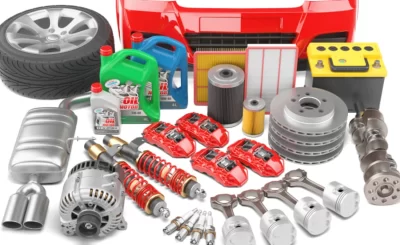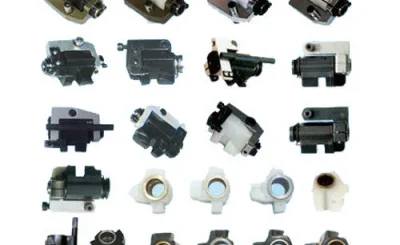If you own an electric bike, it’s essential that its battery remains in good condition. To do so, ensure it remains clean and stored at room temperature; additionally, periodically checking its electrolyte levels using either a semi-transparent case or by taking direct observation at each cell is crucial.
Lithium-ion
Lithium-ion batteries are currently the go-to choice for electric bikes, offering an optimal balance between capacity and weight as well as being nonflammable. Plus, their lifespan and charge cycle surpass that of their lead-acid counterparts.
Lithium-ion battery cells work by being immersed in an electrolyte that allows positive lithium ions to move between the cathode and anode, closing off a circuit so electrons flow from anode through to cathode to create current.
Electric current in an ebike is controlled by its controller, who can limit battery output to its maximum amp rating or switch it completely off. As batteries do not like to be fully discharged or left flat, regular top-up with charger is important; for optimal results it should also be stored at room temperature in a dry environment.
Lead-acid
Lead-acid batteries are among the oldest rechargeable battery chemistry options and continue to be widely used today, especially where more modern battery chemistries are too costly or impractical. Their affordability, reliability and short current capabilities make them suitable for electric bicycles.
As batteries discharge, lead sulfate is produced that coats their electrode plates, decreasing surface area and decreasing capacity. With regular charging this can be reversed; however if left to sit too long in a discharged state this condition known as sulfation may develop; which will eventually kill your battery.
There are two primary types of lead-acid batteries: wet cell and sealed. The former type contains liquid electrolyte solution while sealed batteries contain an absorbent glass mat which absorbs acid; both require regular watering to remain healthy and effective.
Nickel-cadmium
Nickel-cadmium (NiCd) batteries are rechargeable batteries commonly found in portable computers, drills, camcorders and other battery-operated devices. NiCd batteries represent one of the largest consumer and industrial battery categories with their use involving electrodes of nickel oxide hydroxide and metallic cadmium connected by an electrolyte solution of potassium hydroxide; when charged nickel ions migrate from negative electrode to positive electrode while cadmium ions migrate back from positive electrode to negative electrode resulting in their use being made by using nickel ions moving from positive electrode to negative while cadmium ions travel the other way from positive electrode.
This sealed battery unit can be stored either charged or discharged for long-term storage, making it less susceptible to self-discharge than lead-acid batteries and boasting higher power density. However, at the end of its life it requires special care in terms of disposal – over time cadmium may form thin conductive crystals known as dendrites which short circuit cells and cause overheating; this phenomenon is known as voltage depression or lazy battery effect and memory effect can be mitigated through regular charging cycles.
Sealed lead acid
SLA (sealed lead acid) batteries are an economical, easy way to power electric bikes. Available at most hardware stores and capable of handling high current loads, SLA batteries are great choice. Unfortunately they do not last as long due to stress from cycling and full discharge cycles and eventually wear down over time due to stress-load cycling and full discharges.
SLA batteries are known as valve regulated types, meaning that they feature safety release valves to prevent overcharging. This feature is extremely important as excessive overcharging can cause gases to build up within the battery and eventually explode it, either by rupturing one of its cell compartments or through cracks in one of the plate separators.
Concorde’s Regulator Grid technology maximizes efficiency of electrolyte reaching battery lead plates by increasing compression, decreasing internal resistance, and using less water – leading to longer battery lifespan. In addition, SLA batteries do not need distilled water like their flooded lead acid counterparts do.

















